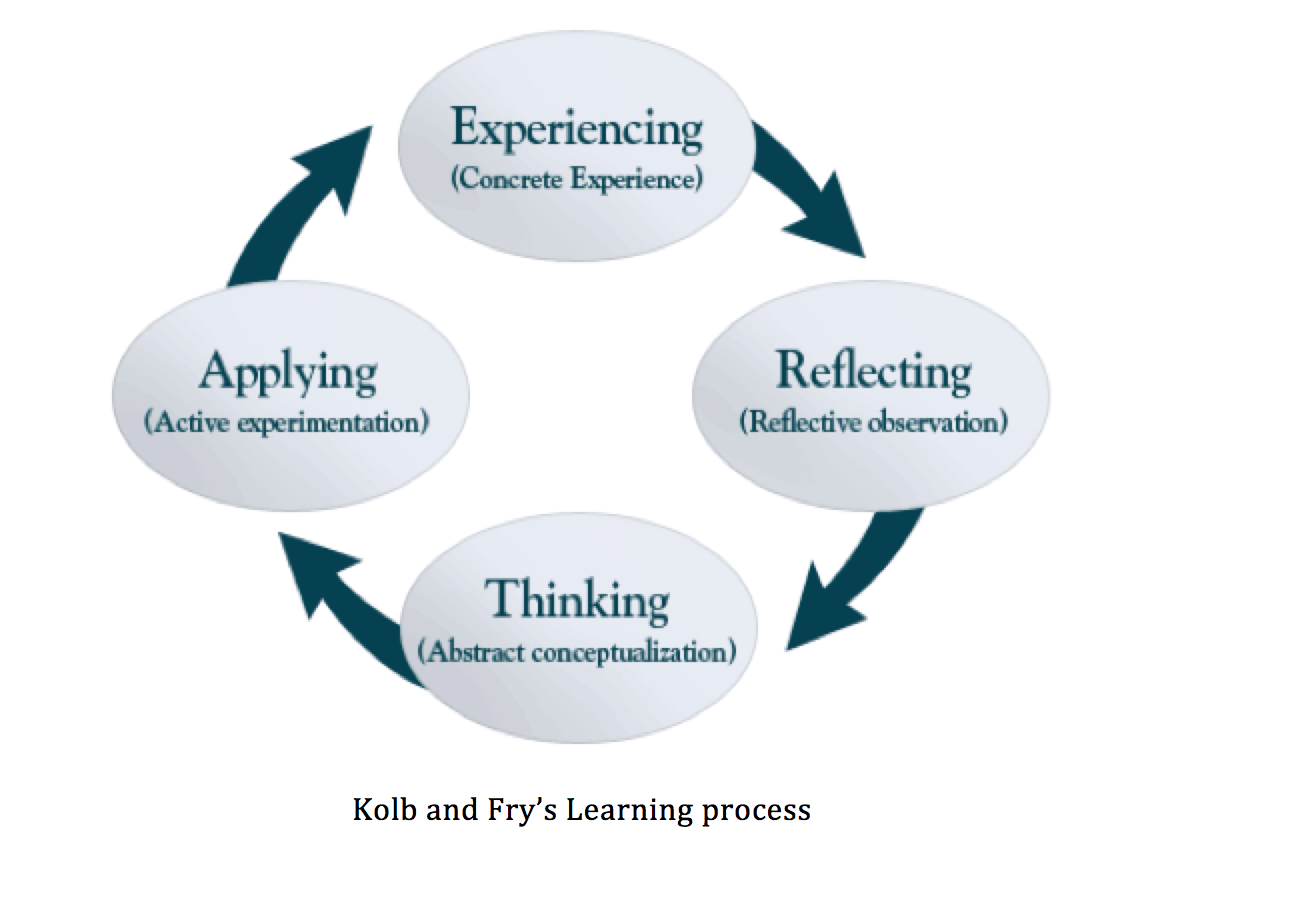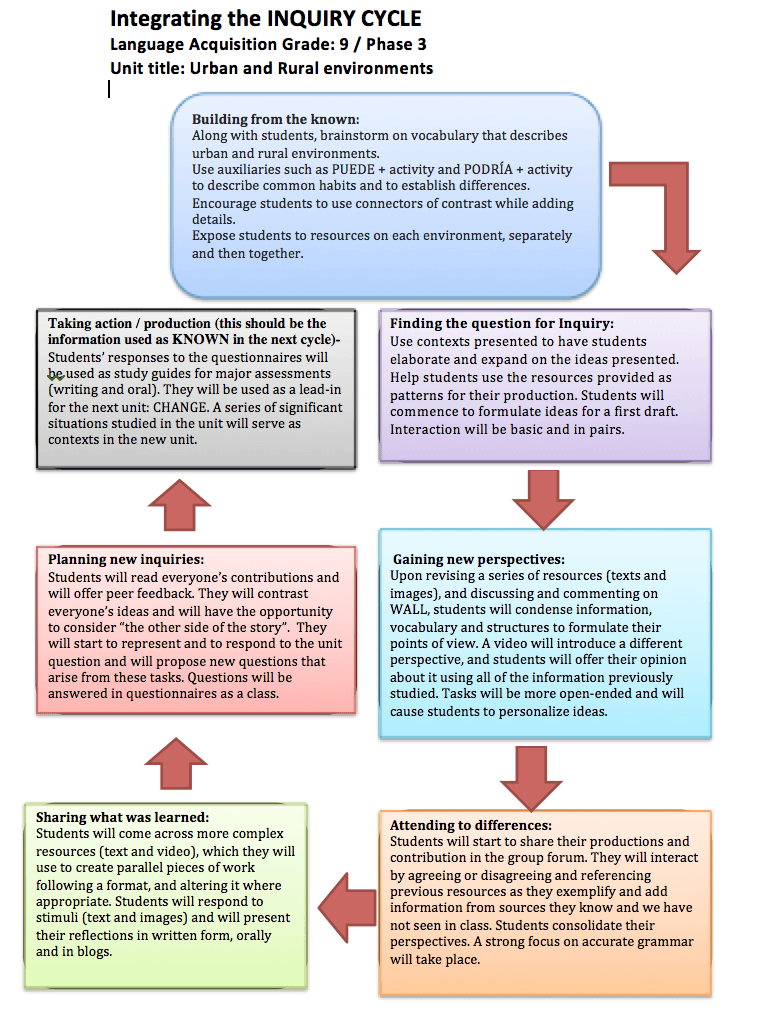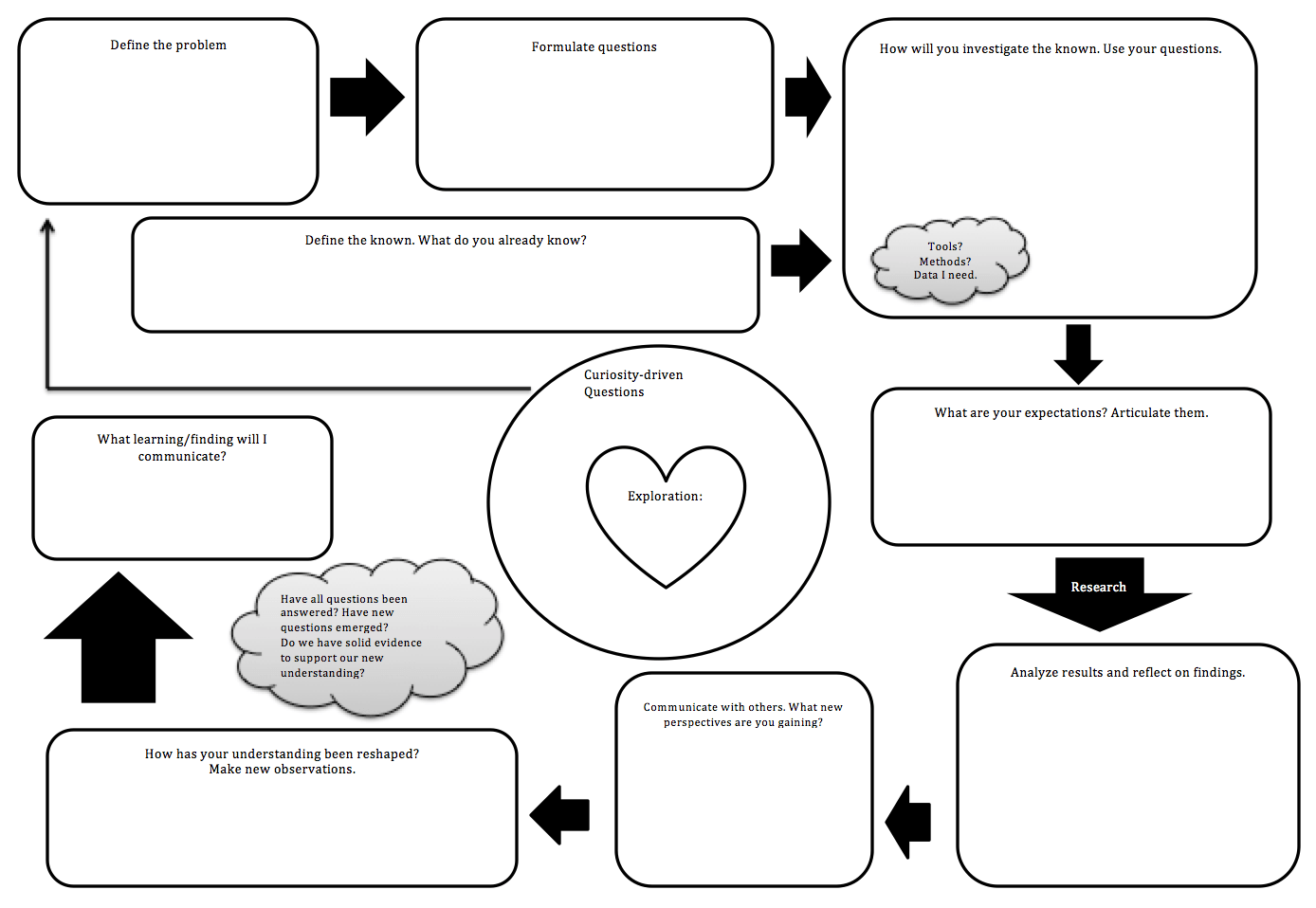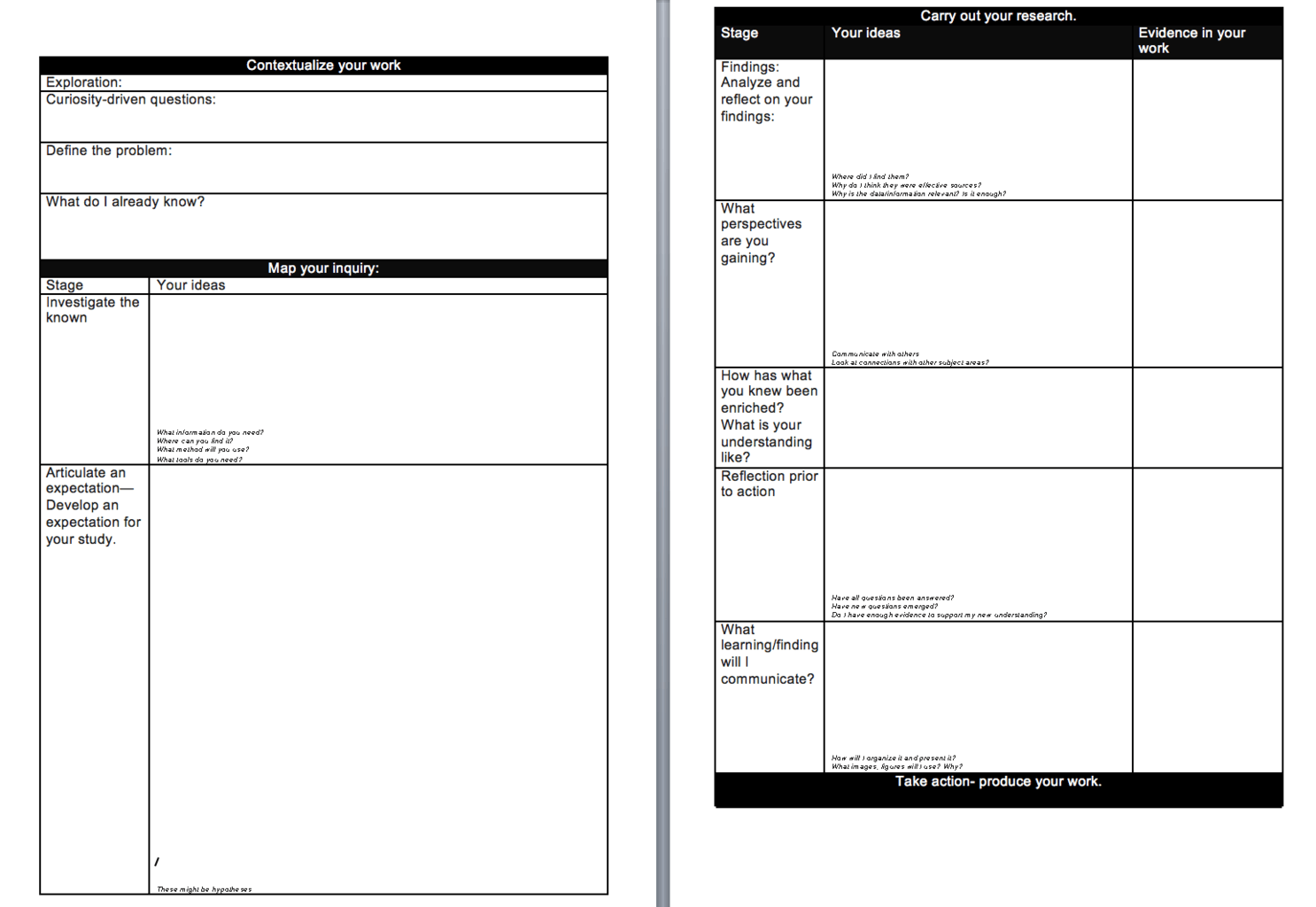
Teaching based on inquiry
The act of inquiry is the backbone to the learning process: not only does it enable the construction of understandings to be able to stand tall, but it also provides the fortitude for the arms of wondering to open up, and, likewise, is the center of balance for the feet of curiosity, which move forward, backwards and sideward, interacting with our surroundings.
Nothing is static in our current world. Information changes; ideas are transformed; the geography of knowledge changes as drastically as our earth due to global warming, except that, in the case of inquiry, it’s heat and the passion in one’s hear and brain what provokes the exploratory engagement that feeds our desire and thirst for learning. When our interest awake, they need to be taken care of, and inquiry can easily become its daily bread.
It’s hard to deny that the changing world causes us to wonder and invites us to take action; and this makes me think that not welcoming inquiry is like accepting that everything is static and that information stays the same. Inquiry leads to reflection; reflection results from engagement. Thus, no inquiry = no engagement with our reality.
Shapeless yet adaptable; boundless yet willing to take the shape of the learning environment; expansive yet friendly to the disposition of learning both teachers and students demonstrate in their relationships; inquiry is the soul of engaging with one’s learning, when one is in charge and, yet, open to follow the course of the collective flow. In other words, inquiry does not happen in isolation. This is why everything and everyone that has contact with learners plays a key role.
Inquiry is true differentiation, and for this reason, there is no formulate as to what exact ingredients to mix. There are several frameworks that involve a variety of processes that welcome co-construction; giving and receiving; wondering and finding; sorting and questioning; searching and getting lost. Inquiry is such an amiable process that it will adjust to the shape of the learning teachers have designed, and will accommodate, bend, and adapt as the process evolves, as new understandings are built.
Curiosity is one of the best friends’ of inquiry, hence the need to open and generate learning spaces in which creativity can be awakened and explored; where inquiry is felt as the beating heart of sustainable learning community; as the organ that helps us see that reflection is part of every process in every stage. Students will inquire naturally and wholeheartedly when they see teachers inquiring and exploring. Teachers may find that they won’t be the ones teaching students how to inquiry just as parents do not teach their children their first words. We are all born equipped and ready to inquiry, we just need the trigger, the provocation, the need to start doing it. Let’s not make the mistake that there is ONE way to inquire, we all inquire differently & at different depths. Inquiry adapts. I think it’s important to discover new ways to inquire all the time. That is the whole point! Learning is all about exploring.
With no formula to impose; with no specific steps to follow, inquiry is a learning path that gets design as we let ourselves be touched by what surrounds, by the way ideas and our relationships change us. Inquiry is transformational, it touches us deeply and it’s hard to be who we were before something new meant something. Because of this, when inquiring, we need to begin by wondering what is around us and what it means to be where we are.
Below are a few popular inquiry cycles/models that can serve as framework to design learning experiences, to sketch the path we would like our learning to follow, which does not discard the possibilities of taking a few deviations, shortcuts, or even longer, winding paths. As Morpheus said, “it is no the answer that drives us, Neo; it’s the questions that will determine where we might end up and go.”

Katy Murdoch’s Inquiry Cycle (used in PYP)

Sam Sherrats’s Flow of learning


Download Kathy Short’s Inquiry Cycle Template
Unit planning example, using Kathy Short’s cycle.

The following cycle is part of the cycle above: It is an expanded version of the ‘Sharing what was learned’ stage. This is to demonstrate how there can be inquiry cycles within an inquiry cycle.

William S. Harwood’s models (3 versions)
The following two versions could be used (and adapted) for students to map their own inquiry in a learning experience.










